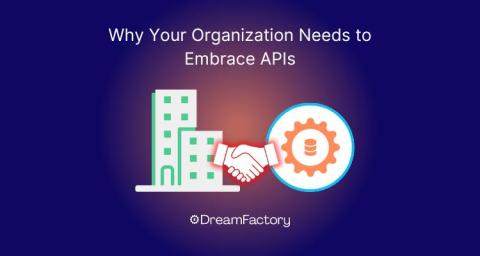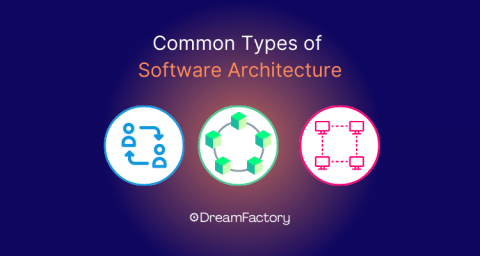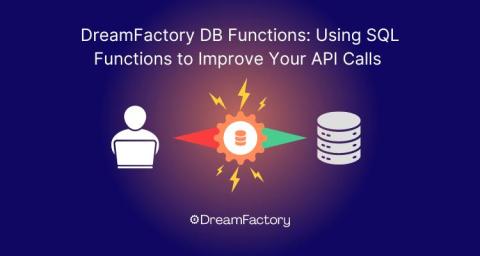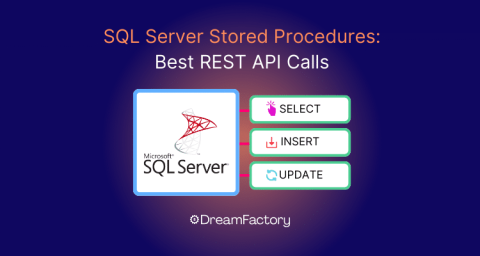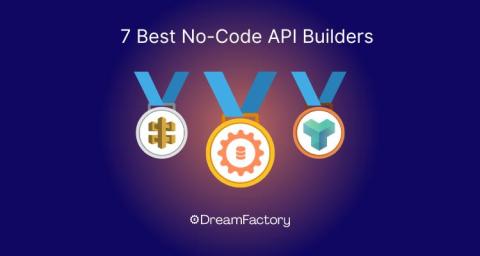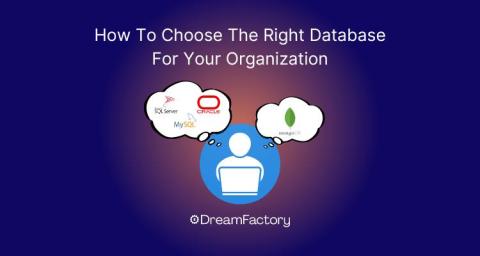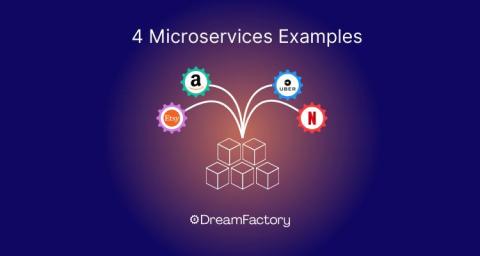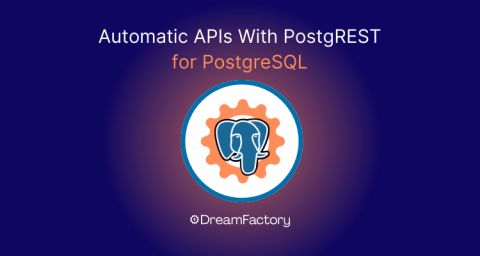Using DreamFactory for High-Performance API Needs
As applications increasingly rely on APIs to drive critical functionalities, the demand for high-performance, scalable, and secure API management solutions has never been greater. DreamFactory, an on-premise API generation and management platform, is designed to meet these needs by providing robust features such as rate limiting, caching, SQL function integration, and multi-tier architecture.



